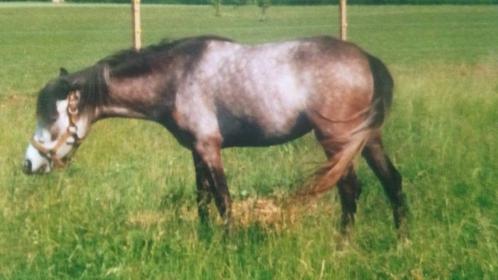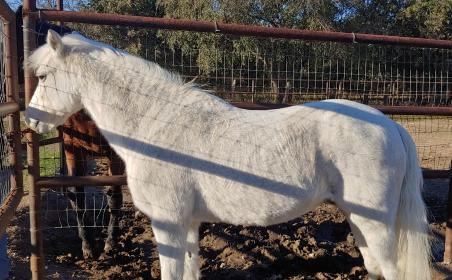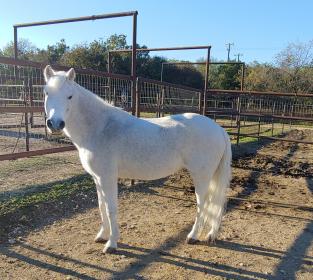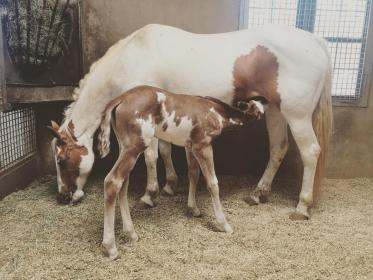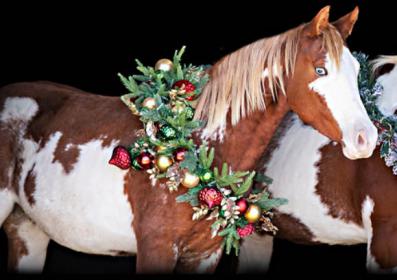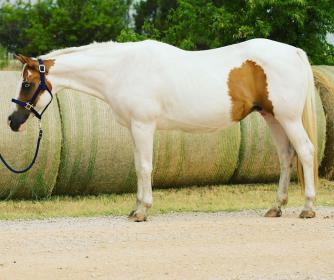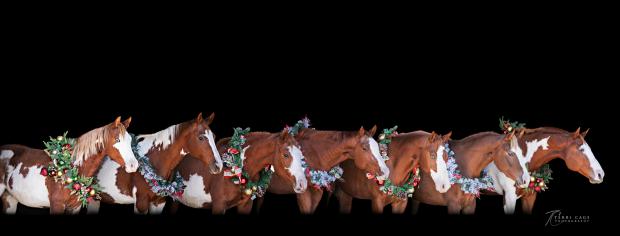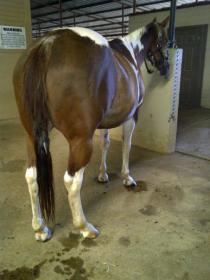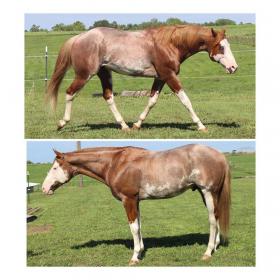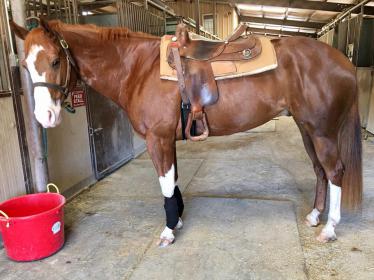For curiosity’s sake, when you’re registering a horse/pony, how do you determine the coat color? Eyeballing it? Testing it? Vet says so? Has anyone bought a registered horse and had a coat color DNA test done to “fact check” the registered color?
(and I love cute horse photos, so feel free to post before and after color change photos if you have them! XD )
Backstory:
Several years ago, my grandmother acquired a Welsh pony named Palustrine Promise of Hope (aka Little Hope). (Some of you may remember the old 2009 thread about the Palustrine ponies going up for auction up in Michigan - Hope was the one-eyed mare in that auction). I’m not 100% sure how/who Gran got Hope from (I know she didn’t buy her at the auction, so there was at least one person between the auction and her). ANYway, Hope was registered as a Dun with the Gray gene; by the time Gran wound up with her she was a pretty flea-bitten gray.
In the past week I was (finally!) able to track down one of Hope’s previous owners (the lady who originally bought her from the breeder, pre-eye injury, pre-return to breeder, pre-auction). In addition to fulfilling my quest to get Hope’s registration transferred (yay!) I was also able to get a few ‘baby’ photos (estimated 1-2 years old). It got me thinking about her color, and I’m really curious about getting a coat color DNA test done, just to see what it says.
Baby photos:
[ATTACH=JSON]{“data-align”:“none”,“data-attachmentid”:“10286366”,“data-size”:“large”}[/ATTACH]
[ATTACH=JSON]{“alt”:“Click image for larger version Name: received_563559810757208~2.jpeg Views: 1 Size: 23.7 KB ID: 10286365”,“data-align”:“none”,“data-attachmentid”:“10286365”,“data-size”:“full”}[/ATTACH]
Photos from this Fall:
[ATTACH=JSON]{“alt”:“Click image for larger version Name: 1114181606_HDR~2.jpg Views: 1 Size: 33.7 KB ID: 10286367”,“data-align”:“none”,“data-attachmentid”:“10286367”,“data-size”:“full”}[/ATTACH]
[ATTACH=JSON]{“data-align”:“none”,“data-attachmentid”:“10286368”,“data-size”:“custom”,“height”:“280”,“width”:“313”}[/ATTACH]

